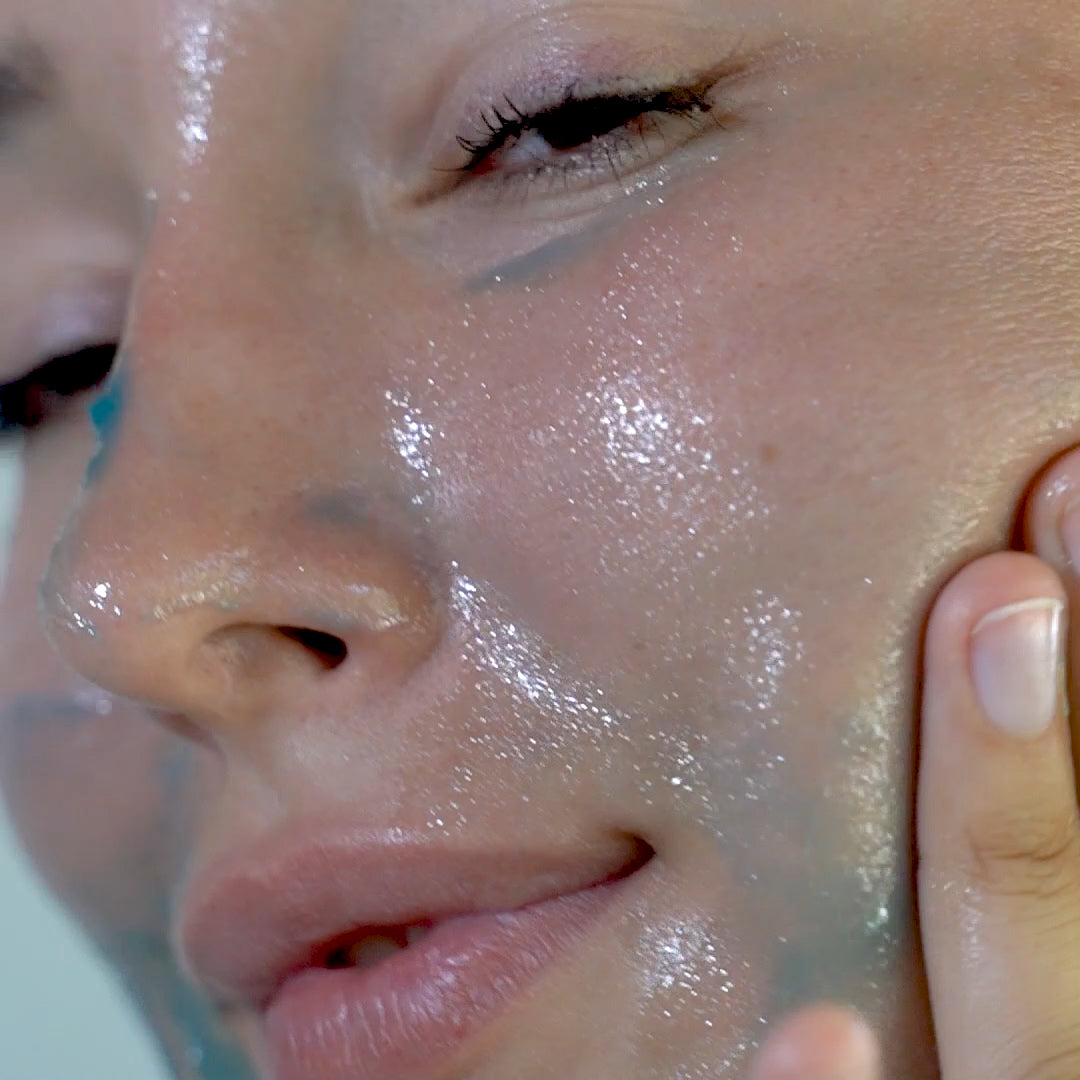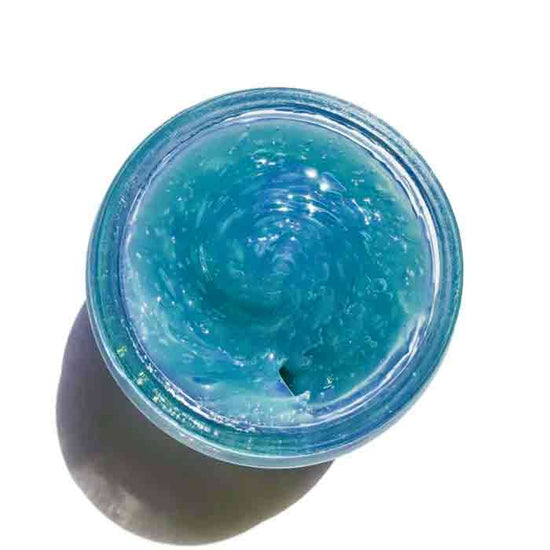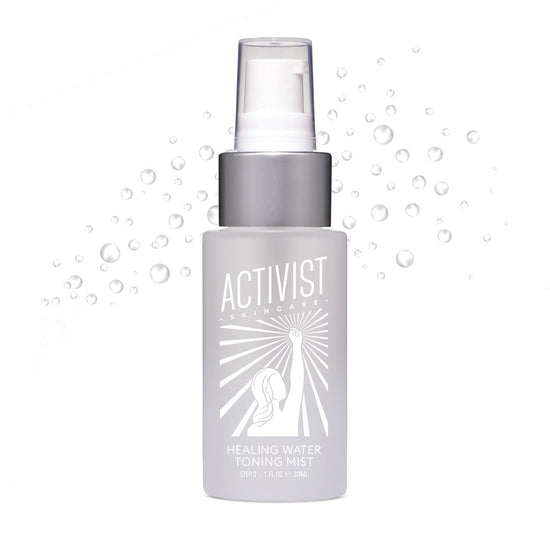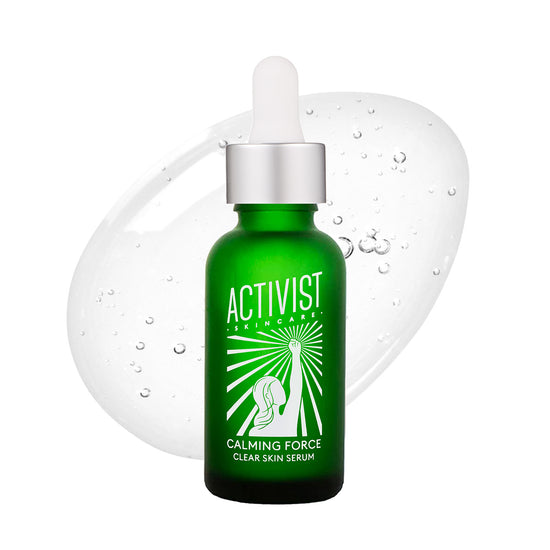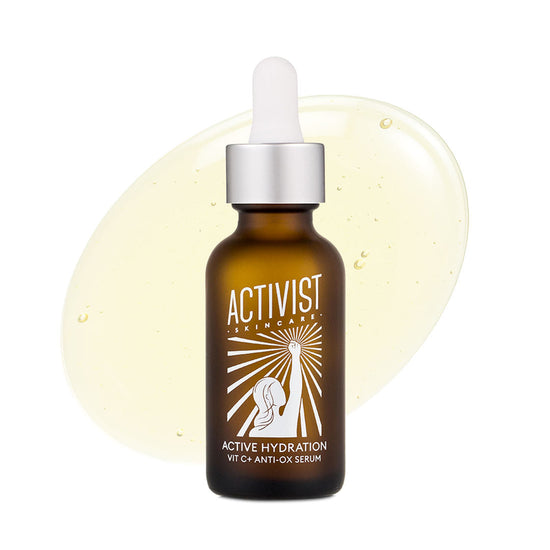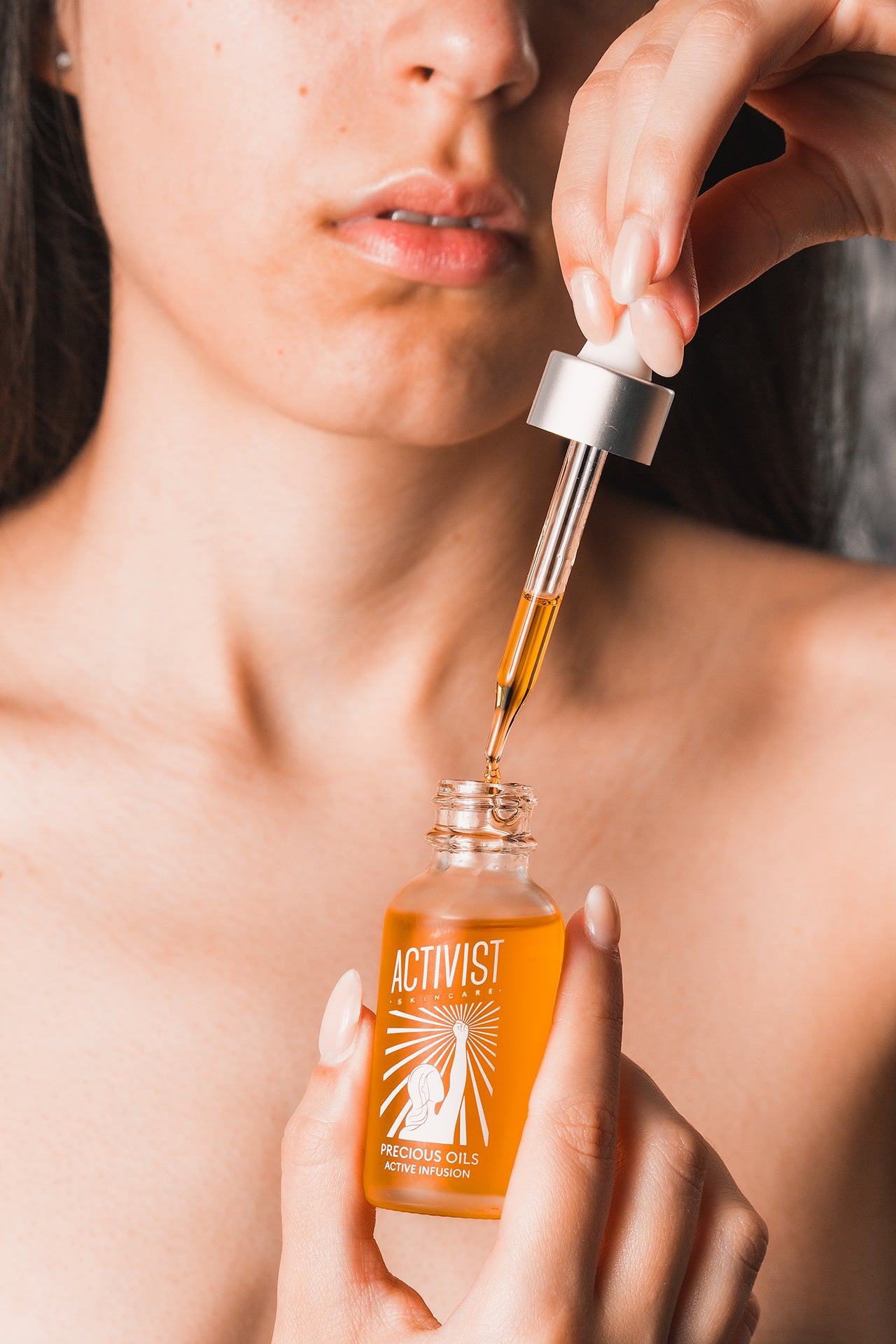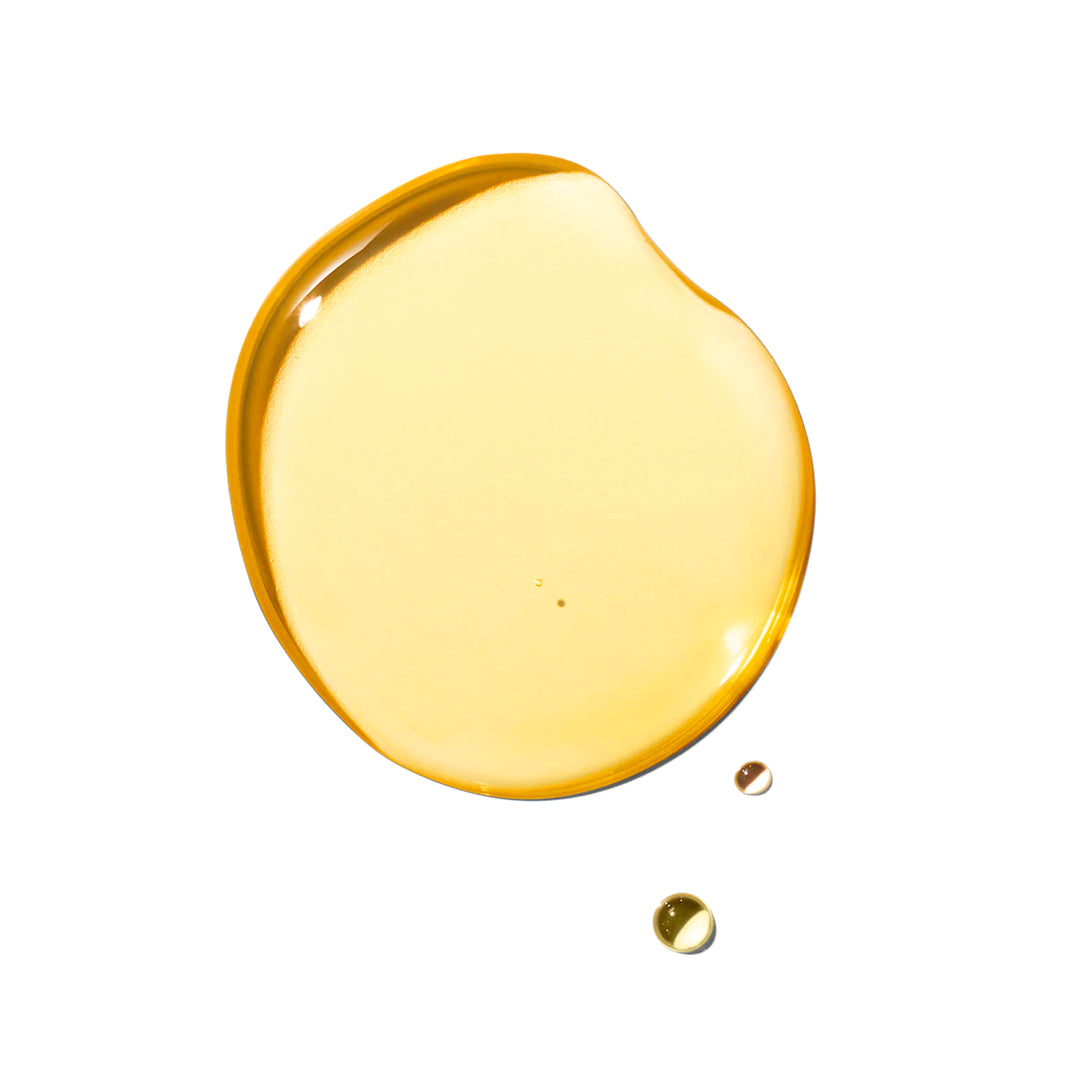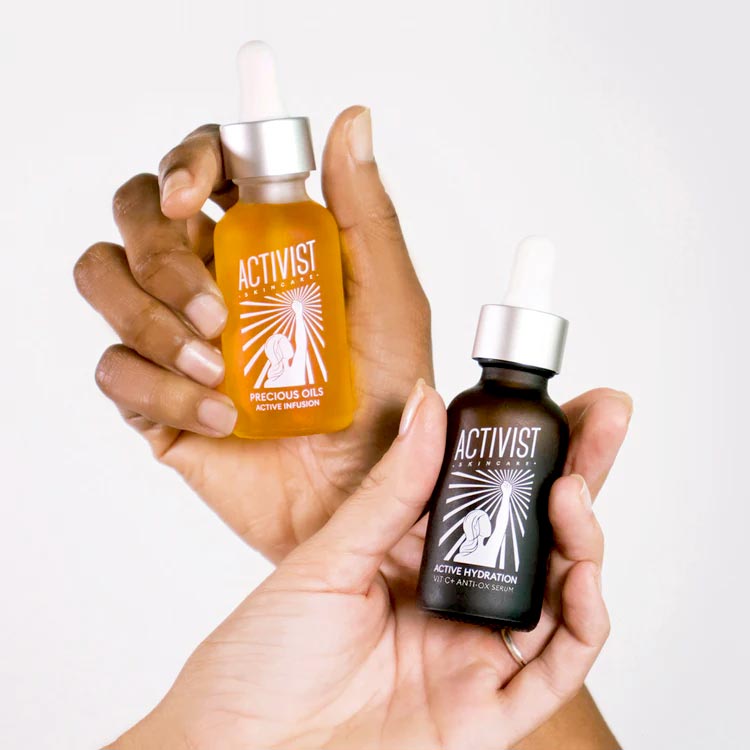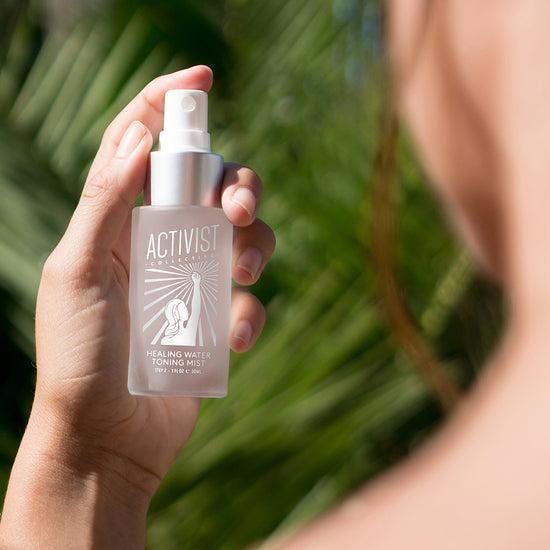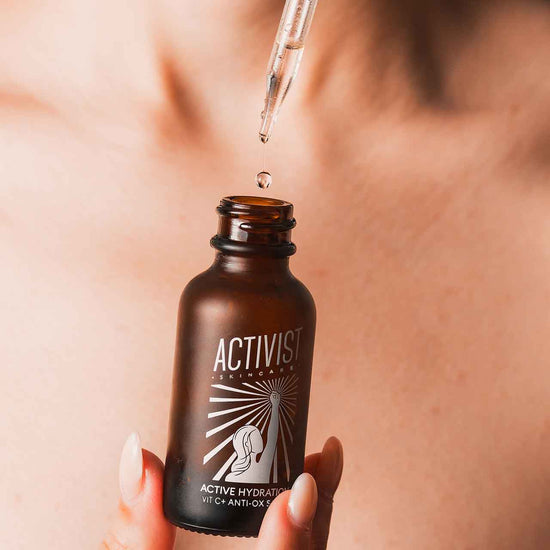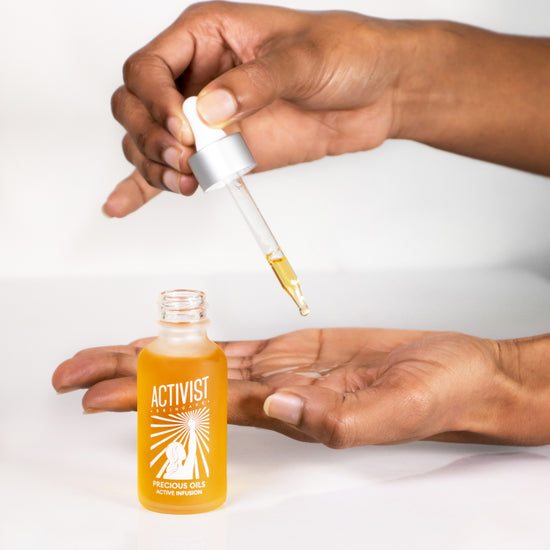Most people pick a product based on what sounds good — hydrating, calming, brightening — and don’t think twice about the base. But whether a product is oil-based or water-based can completely change how it works (and how well it works for you).
Here’s the thing: oil and water do very different jobs — and your skin actually needs both. One delivers deep hydration. The other locks it in and reinforces your skin barrier.
From cleansers to serums to moisturizers, here’s how to tell the difference, why it matters, and how to use both for balanced, healthy, glowing skin.

